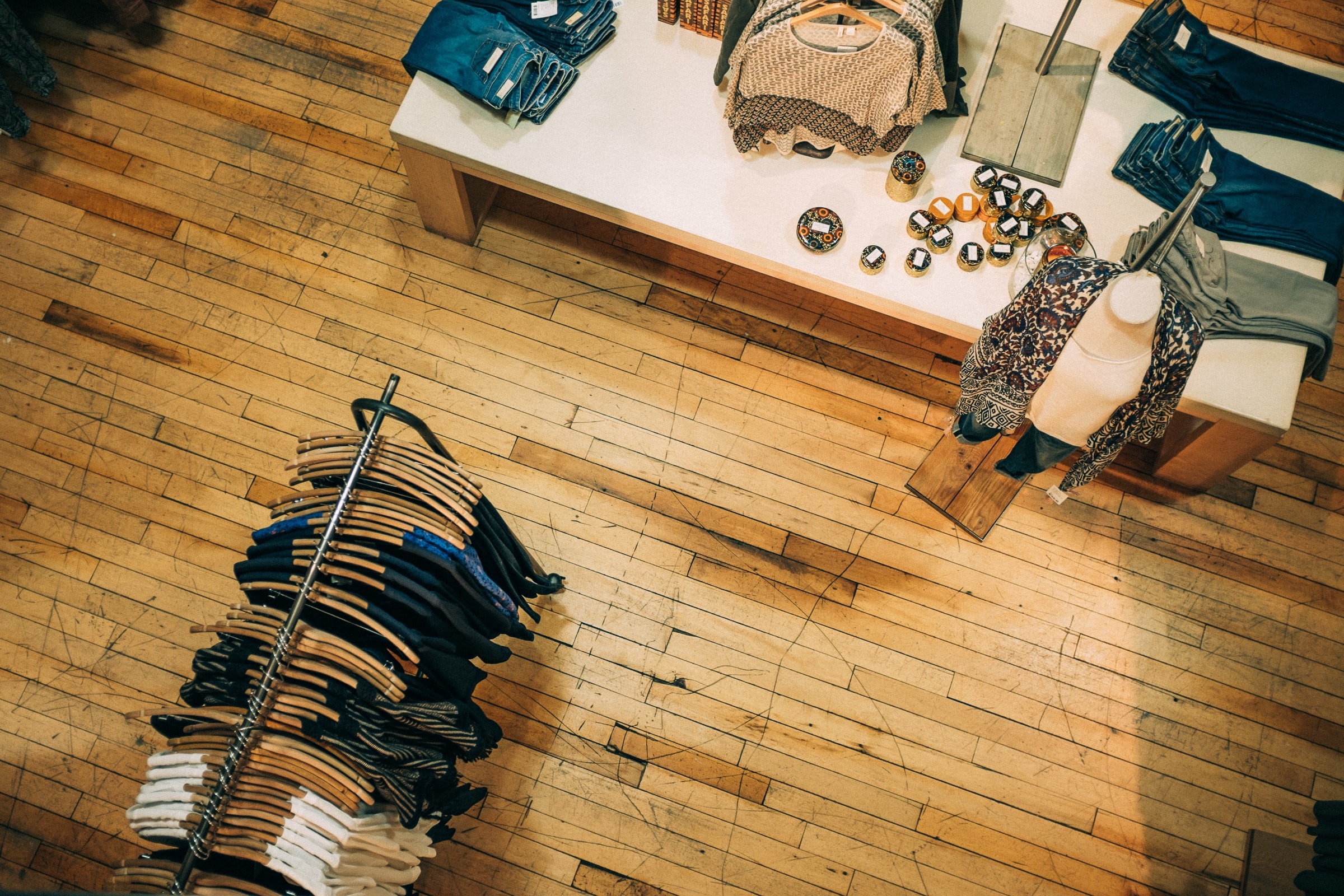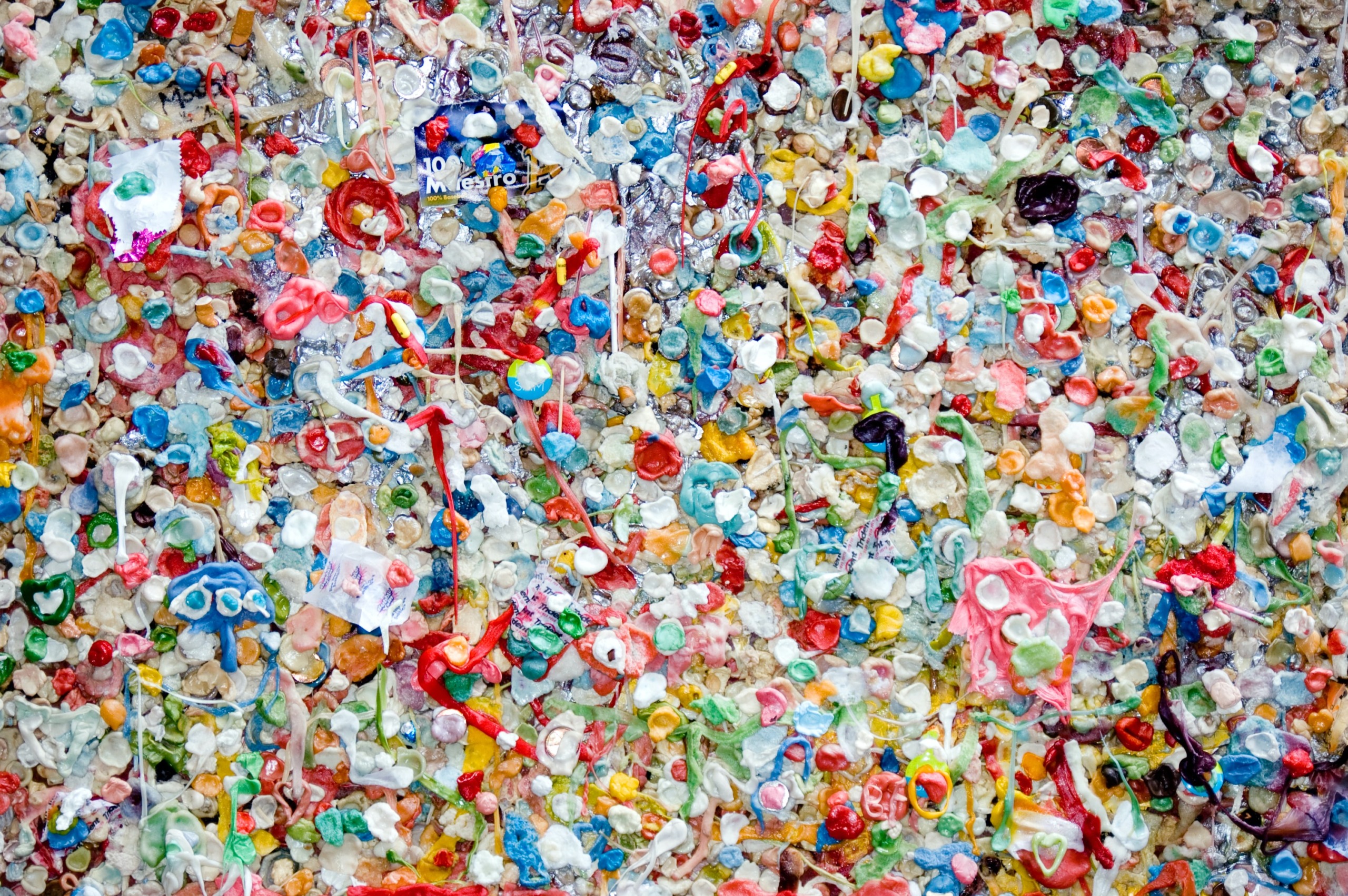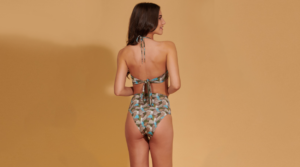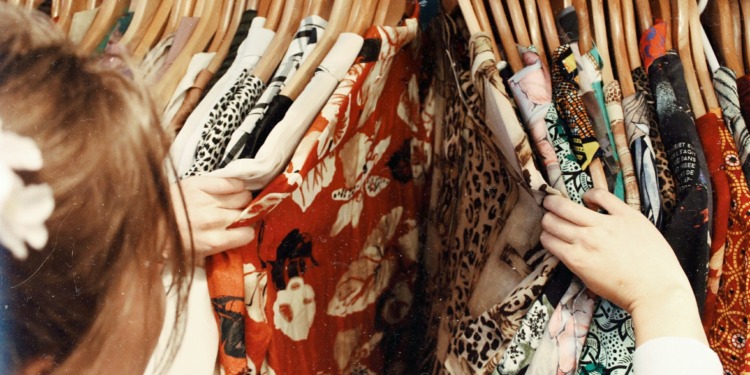Sustainable fashion is gaining popularity in the global fashion industry, as so many issues are on the table these days. From climate change, plastic pollution, deforestation, loss of coral reefs and biodiversity, water shortages and overproduction, the fashion industry has come under a sustainable microscope in recent years.

In terms of pollution, the fashion sector is second only to the oil industry. Starting from raw material extraction to manufacture to distribution and disposal—it already accounts for 10% of global carbon emissions.
Moreover, fashion is also among the worst when it comes to human rights violations and the exploitation of workers, particularly women and children.
According to the International Labor Organization, there are 40 million garment workers worldwide, with women between the ages of 18 and 35 constituting 80% of the workforce. Many of them are paid less than the minimum wage and work extremely long hours.
Sounds terrible, right? However, in the midst of all the doom and gloom, the good news is that many of these concerns can be tackled in unexpected ways through sustainable fashion.
Sustainable fashion brands design clothing with people and the environment in mind, minimizing environmental effect whenever feasible with the ultimate goal to eliminate carbon footprints while maintaining fairness for all the related stakeholder as much as possible.
So, here are some sustainable fashion trends in 2023 you need to know to become either a responsible consumer or producer.

Go Vintage
Purchasing vintage or secondhand clothes is becoming fashionable once again. Because, there are several advantages to buying secondhand clothing, and many buyers are taking advantage of the expanding industry.
Thrifting vintages not only benefits your cash but also the environment. It’s an excellent way to give a new life to unused clothes while also saving money.
Secondhand clothing can also be iconic as it gives you the chance to find unique things that no one else is wearing.
According to the latest study data on used fashion, the second-hand garment business is worth 32 billion USD in 2020 and is predicted to grow to 51 billion USD by 2023, so be prepared to be a trendsetter!
Renting Instead of Buying
Another alternative to pricey fashion is to rent clothes. Rather than buying them, renting can help you save up a lot of money while also protecting the environment and employees in the fashion supply chain.
This is also a preferable alternative, especially when looking for pregnancy apparel, bridal gowns, children’s clothing, or even ball gowns.
Today, some fashion rental firms also provide a subscription service for consumers who want to replace their garments on a regular basis.
No surprise! Rental stores and fashion libraries are sprouting up across North America and Europe and many designers are collaborating with rental firms to allow customers to wear their items for a fraction of the cost.

A New Life of Plastic Waste
Did you know that sportswear, outerwear, and swimwear, is extremely polluting since it is often made of oil-derived materials such as polyester, nylon, and spandex.
Garments that are created from these textiles have massive environmental impacts, including excessive energy usage, carbon emissions, dangerous chemicals, and plastic waste.
Because oil is a limited natural resource, it is critical to shift away from the traditional linear paradigm of “take-make-waste” as quickly as possible. To put a greater emphasis on a more inclusive and regenerative circular economy.
However, nowadays, several clothing companies make comfortable, inexpensive, high-quality, and environmentally friendly clothes from recycled plastic trash, such as this Gorgeous Sanfrancisco Bikinis from our marketplace.

Vegan fashion is the key
Every year, the global textile and garment business slaughters billions of animals for fashion. Clothing materials made from animal pelts and skins include fur, wool, leather, down, and silk.
Thankfully, more and more environmentally conscious people are opting for apparel that does not include animal components. They recognise that apparel can be fashionable, high-quality, inexpensive, and cruelty-free.
A Good way is to look for alternatives that are cruelty-free and vegan, such as recycled materials, organic fibers, or semi-synthetic textiles derived from natural resources. If you don’t know where to start, feel free to look at ones from our Impakter Eco Marketplace.
Editor’s Note: The opinions expressed here by Impakter.com columnists are their own, not those of Impakter.com. — In the Featured Photo: Vintage Store. Featured Photo Credit: Becca Mchaffie










